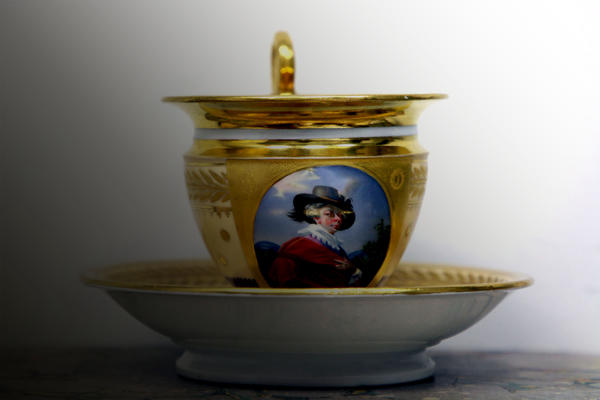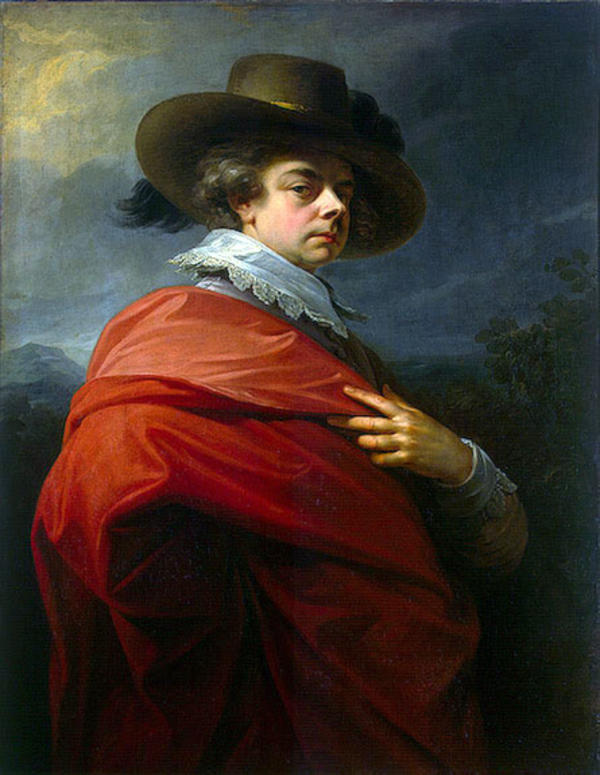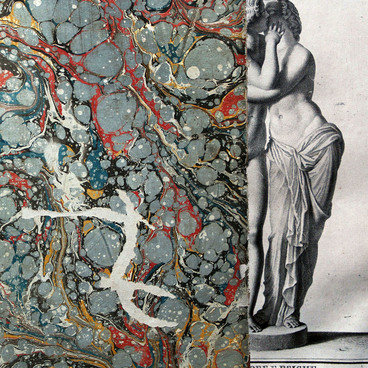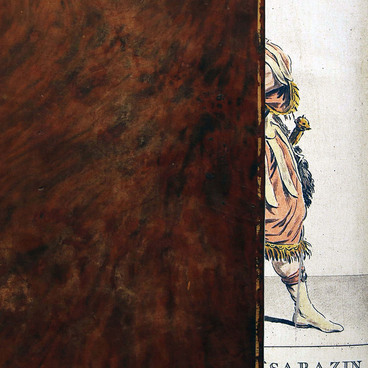After the acquisition of the Arkhangelskoye, Yusupov decided to establish his own porcelain workshop. The earliest attempts at porcelain painting date back to 1815. The production involved painting porcelain base (white glazed dinnerware) brought in from Russian factories of Gardner, Popov, the Imperial Porcelain Factory, as well as European ones: the Sèvres and Meissen factories.
#1
A cup with a miniature ‘Portrait of Count N. B. Yusupov in a Spanish costume’ based on the painting by Heinrich Friedrich
#2
#3
Oftentimes, decorations were inspired or modelled after the Vienna and Sèvres china, prints from the library, and paintings from Yusupov’s collection. Artists painted miniatures as copies of the original paintings that were stored at Arkhangelskoye. In this case, Heinrich Friedrich’s portrait of Yusupov was used as the reference for the cup’s design:
#4
Portrait of Nikolai Yusupov (detail), 1783, by Heinrich Füger (Hermitage Museum)
#5
The most outstanding pieces came out of the Yusupov porcelain workshop between 1823 and 1831: small breakfast sets for one or two persons, or déjène, presented to Emperor Nicholas I and members of the Royal family. It was at this time that Yusupov’s painters turned porcelain dinnerware into art. Along with polychrome painting and coloured coating, gilding and gold painting became preferred decoration techniques.
read morehide
A cup with a miniature
2
Open in app
Share




